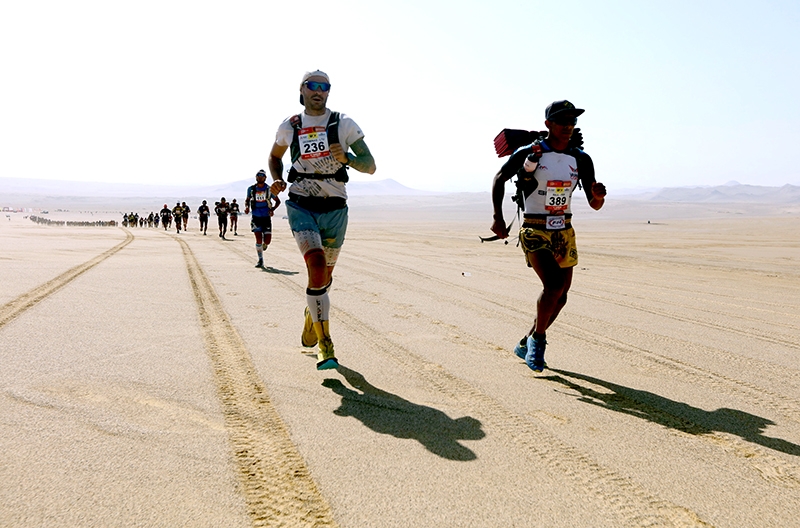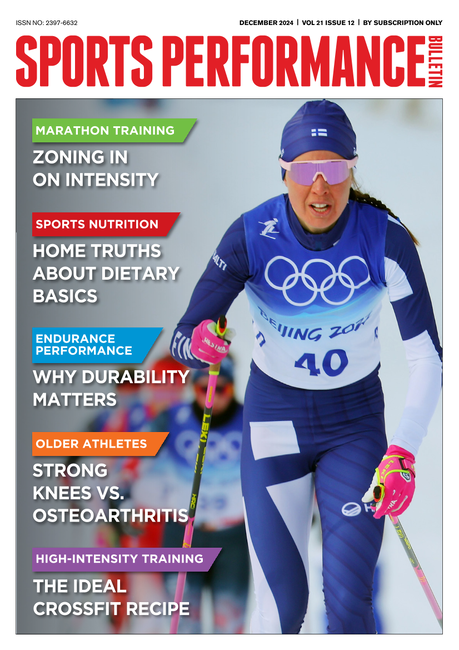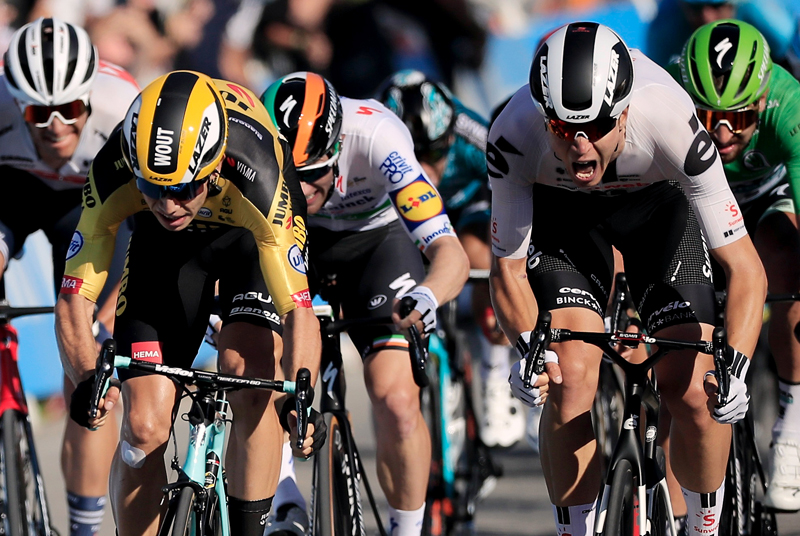You are viewing 1 of your 1 free articles. For unlimited access take a risk-free trial
Distance running: why strength matters

Think about ultra-distance running training, and it’s likely you’ll assume it involves running, running and more running. Oh, and perhaps a few more miles of running on top. But while it’s true that ultra-marathon runners do have to put in large volumes of training, it’s by no means the whole story. High-mileage training comes with a cost, which is a greatly increased risk of injury. As such, many ultra runners are keen advocates of strength training; stronger, more resilient muscles and tendons are known to help keep the risk of running injuries at bay. However, there's also recent research suggesting there could be another reason for ultra runners and other extreme distance athletes to strength train, and that – perhaps surprisingly – is performance.
Strength and ultra-running
In one study by a group of US and Italian scientists, researchers set out to evaluate the effects of a 12-week home-based strength, explosive and plyometrics training programme on the energy cost of running in well-trained ultra-marathoners [Eur J Sport Sci. 2017 Aug;17(7):805-813]. The energy cost of running (also known as ‘running economy’) is a measure of how efficiently the muscles used during running can use oxygen to produce energy. All other things being equal, improved running economy (reduced energy cost) means that less oxygen is needed to sustain a given running pace, which equates to less fatigue and greater endurance.Twenty-five well-trained ultra-distance male runners (average age 38 years) were divided into a strength training group and a control group. Three times each week, the 13 members of strength group performed a mixture of strength, explosive and plyometrics exercises in addition to their normal running training. The 12 members of the control group meanwhile simply carried on with their running training. Before and after the 12-week programme, all the runners underwent physiological testing to assess their running economy at four different running speeds: at 8, 10 12 and 14kmh. In addition, the researchers measured the maximal lower-body muscle power of all the runners. The results between the two groups were then analysed to see what impact the strength training had had on the runners’ economy.
Economic benefits
The first finding was that the runners who had strength trained experienced an increase in running economy (ie less oxygen needed to sustain a given pace) at all the tested running speeds. Although the economy gains tended to be greatest at lower running speeds, economy improved at all speeds (by 6.5% at 8kmh, 5.3% at 10kmh, 5.4% at 12kmh and by 4.5% at 14kmh). By contrast, the control runners experienced no such gains. The other key finding was that there was a direct relationship between increases in maximum muscle power and economy; the strength group experienced gains in maximum muscle power, and these power gains seemed to reflect the gains in economy. Once again, there were no such strength (or economy) gains in the control group.Implications for runners
Although a combination of ultra-running training and strength training might seem like uneasy bedfellows, this research shows that there are real gains to be had – not just in terms of injury prevention but for boosting performance too. But maybe we shouldn’t be surprised because other recent studies suggest that heavy strength training can benefit endurance athletes. As John Shepherd’s article on this topic - which you can read here - explains, separate studies on heavy-load resistance training, plyometrics training and explosive strength training have all shown performance benefits for runners of different performance levels at different distances. Likewise, a number of studies have shown that heavy lower-body strength training is effective at boosting cycling economy and performanceSports Medicine March 2017, Volume 47, Issue 3, pp 545–554 J Strength Cond Res. 2014 Mar;28(3):689-99.PRACTICAL SUGGESTIONS
- Invest some time on improving your economy. The best way for runners (and cyclists) to achieve this is to add some specific strength training into their endurance programme.
- Strength sessions should be short and low-volume, high-intensity in nature (6-8 reps per exercise).
- Lower-body exercise such as squats, lunges and leg presses are recommended.
- Adding in some plyometric training can further boost economy (particularly for runners) by helping to increase limb stiffness.
- Try to ensure your high-intensity endurance and strength sessions are performed as far apart as possible to allow maximal recovery in between sessions.
- Begin with just one strength session per week. This can be increased to two per week in the off season, when your endurance training volume is reduced.
Newsletter Sign Up
Testimonials
Dr. Alexandra Fandetti-Robin, Back & Body Chiropractic
Elspeth Cowell MSCh DpodM SRCh HCPC reg
William Hunter, Nuffield Health
Newsletter Sign Up
Coaches Testimonials
Dr. Alexandra Fandetti-Robin, Back & Body Chiropractic
Elspeth Cowell MSCh DpodM SRCh HCPC reg
William Hunter, Nuffield Health
Keep up with latest sports science research and apply it to maximize performance
Today you have the chance to join a group of athletes, and sports coaches/trainers who all have something special in common...
They use the latest research to improve performance for themselves and their clients - both athletes and sports teams - with help from global specialists in the fields of sports science, sports medicine and sports psychology.
They do this by reading Sports Performance Bulletin, an easy-to-digest but serious-minded journal dedicated to high performance sports. SPB offers a wealth of information and insight into the latest research, in an easily-accessible and understood format, along with a wealth of practical recommendations.
*includes 3 coaching manuals
Get Inspired
All the latest techniques and approaches
Sports Performance Bulletin helps dedicated endurance athletes improve their performance. Sense-checking the latest sports science research, and sourcing evidence and case studies to support findings, Sports Performance Bulletin turns proven insights into easily digestible practical advice. Supporting athletes, coaches and professionals who wish to ensure their guidance and programmes are kept right up to date and based on credible science.











